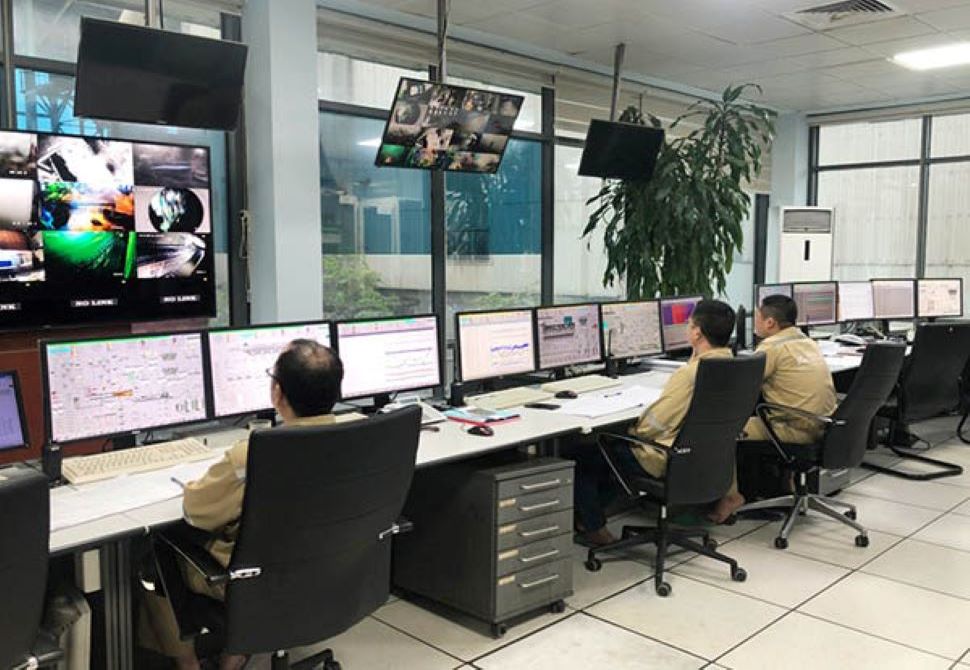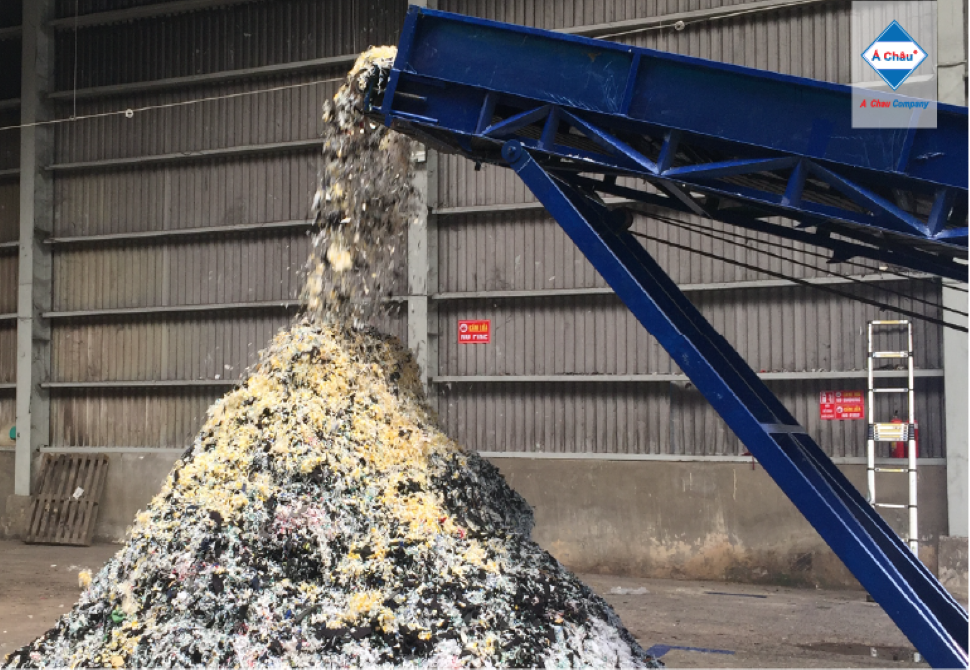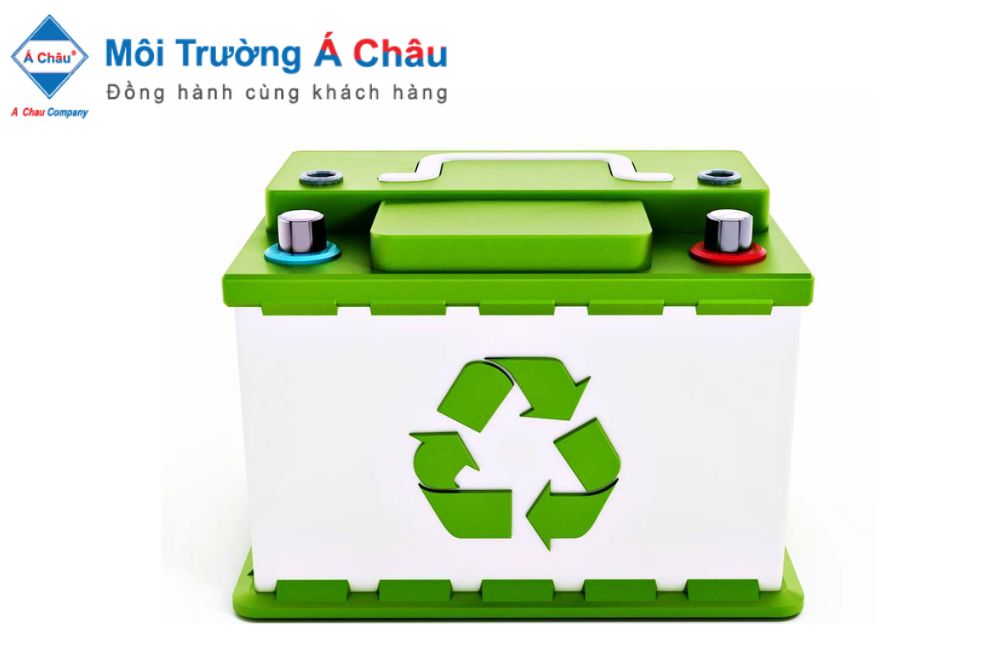Non-recyclable waste: Develop the "Circular Economy" in the cement industry!
Harness high-temperature kiln systems capable of destroying all kinds of waste, Vietnam Cement Corporation (VICEM) has launched a circular economy model in cement production. Not only does it shift waste into raw materials and alternative fuels in cement production, but it also requires environmental protection.
According to the Ministry of Construction, Vietnam is ranked fifth in the world in terms of cement production capacity (after China, India, the United States, and Russia). It is one of the major cement and clinker exporters. Currently, the country has 87 cement production lines with a total capacity of 106.6 million tons per year.
Implementing Decision No. 1266/QD-TTg dated August 18, 2020 of the Prime Minister on Vietnam Construction Materials Development Strategy for the period 2021 - 2030, orientation to 2050, including direction of using recycled materials according to the circular economy trend, Member of the Board of Directors of Vietnam Cement Corporation (Vicem) Pham Van Nhan said, Vicem has directed its member units to promote change and capture, mastering technology, implementing experiments and succeeding in using ash, slag, industrial waste, and sewage sludge as raw materials and alternative fuels for cement and clinker production.
Specifically, in 2020, Vicem deployed waste mud treatment at f05 lines of four cement plants (Hoang Thach, But Son, Ha Long, Ha Tien 1, Vietnam) with a total volume of 15,000 tons of sludge; in 2021, it will be more than 70,000 tons waste mud, helping to replace 3-5% of lightning raw materials. By 2022, Vicem is expected to handle about 86,000 tons of waste. The use of conventional industrial waste as a replacement fuel for coal in production is also deployed by Vicem at seven lines in five production units, with a total processing volume of 120,000 tons (in 2020), more than 200,000 tons (in 2021) and the plan for 2022 is about 276,000 tons.
CCR manages the production process, co-processing of waste, and hazardous waste.
In addition, the ashes from the thermal power plant are also being recycled by the cement industry. By 2021, Vicem will use almost 2.6 million tons of ashes; the 2022 plan will use over 3 million tons, which is equivalent to 11.5%...
As the implementation of the "Co-Processing" Programme of Waste, Sludge as an alternative fuel in cement production, the Director General of VICEM But Son (Ha Nam Province) Shares the Progress; after 02 years of deployment, the Programme has brought high financial effectiveness. Specifically, in 2020, the efficiency of the Waste Co-Processing Program will be VND 40.12 billion and VND 86.99 billion in 2021.
Mr. Pham Van Nhan, "Co-processing" of waste in cement kilns not only reduces the amount of waste carried away to be buried and processed but also maximizes the heat from waste when put into the combustion accompanying coal in the kiln, contributing to saving up to 25 - 90% of non-renewable resources such as coal, oil and gas and 5 - 10% of raw materials; contribute to the protection of natural resources, reducing GHG. Preliminary calculations per year could save tens of billions per cement production line.
Image: Non-recyclable waste pre-processing by MTAC
The "Co-Processing" of sludge and waste in cement mills is aimed at the use of waste as an alternate fuel for conventional cement coal (including industrial waste, hazardous waste, and domestic waste) with the target: Phase 1 replaces 20 - 25% of heat; Phase 2 replaces 40 - 50% of heat, Phase 3 replaces 50 - 60% of heat and uses waste mud as a substitute for 30% of natural lightning materials, contributing to the utilization of non-renewable resources.
Source: Ximang.vn















